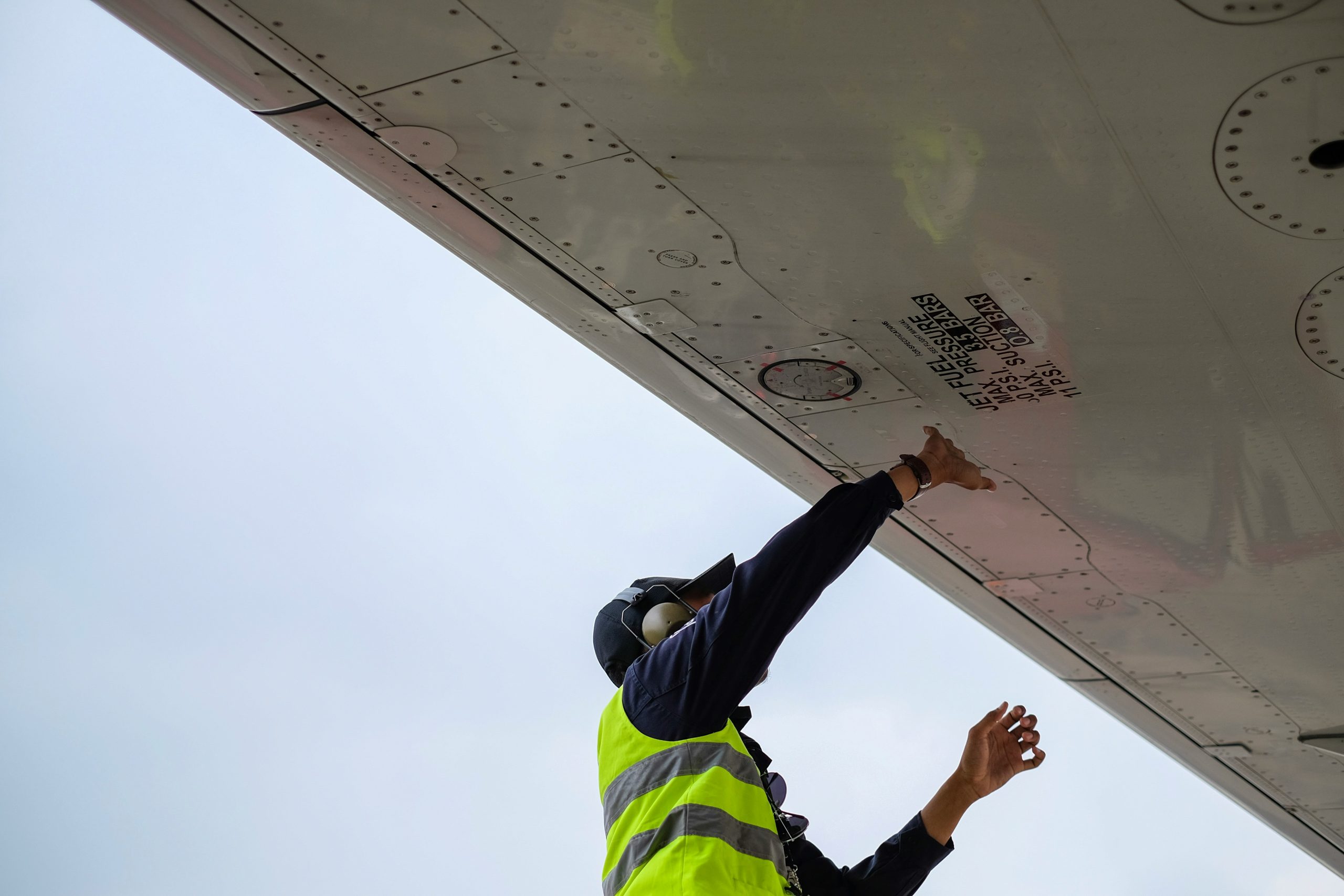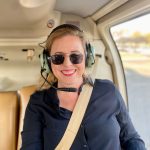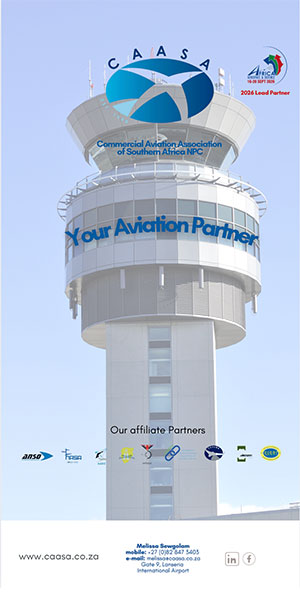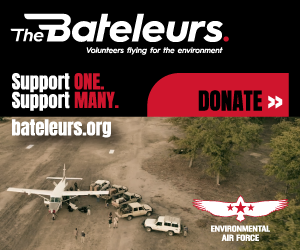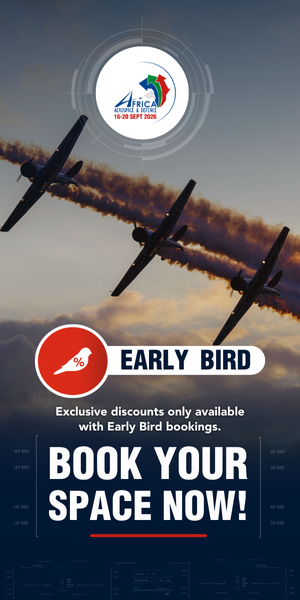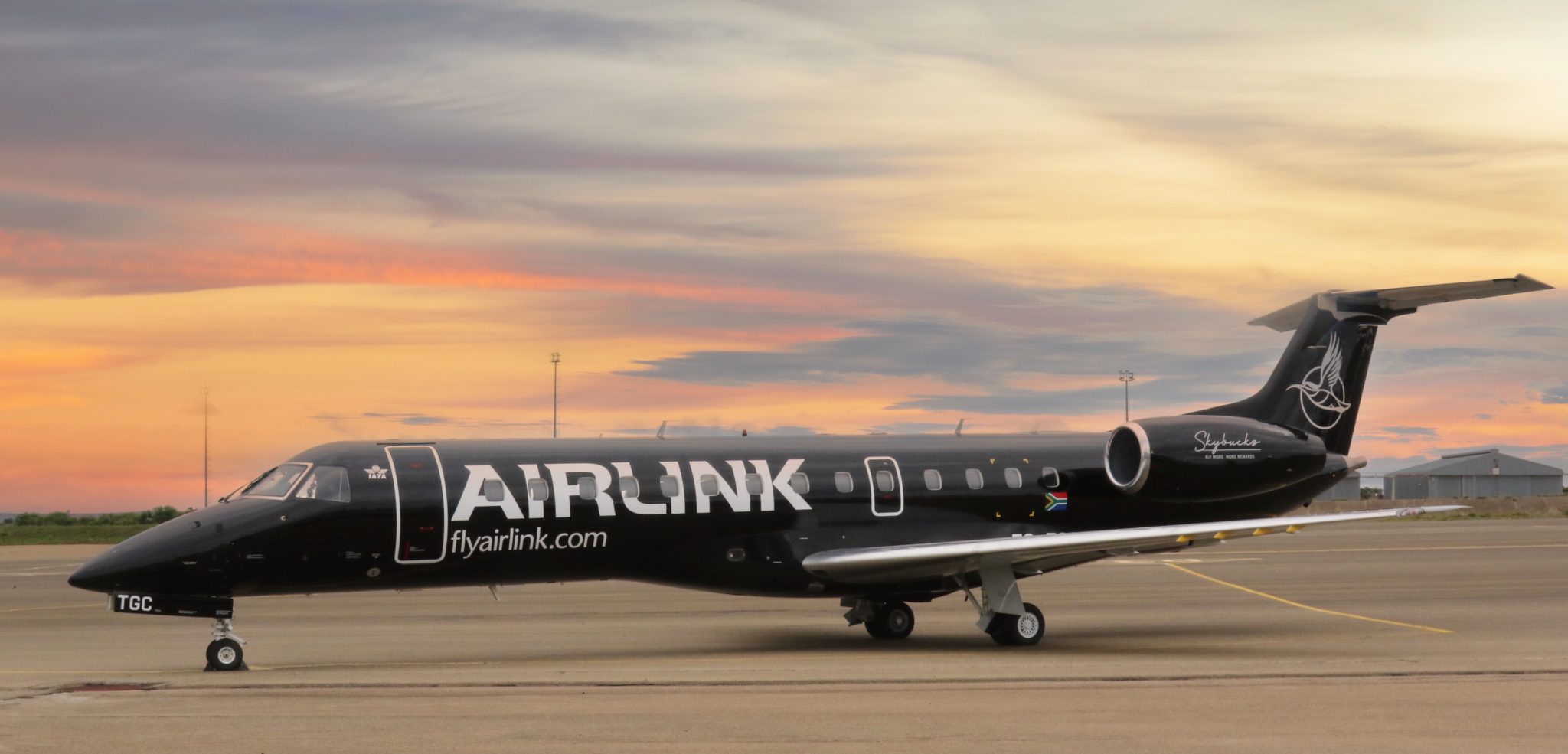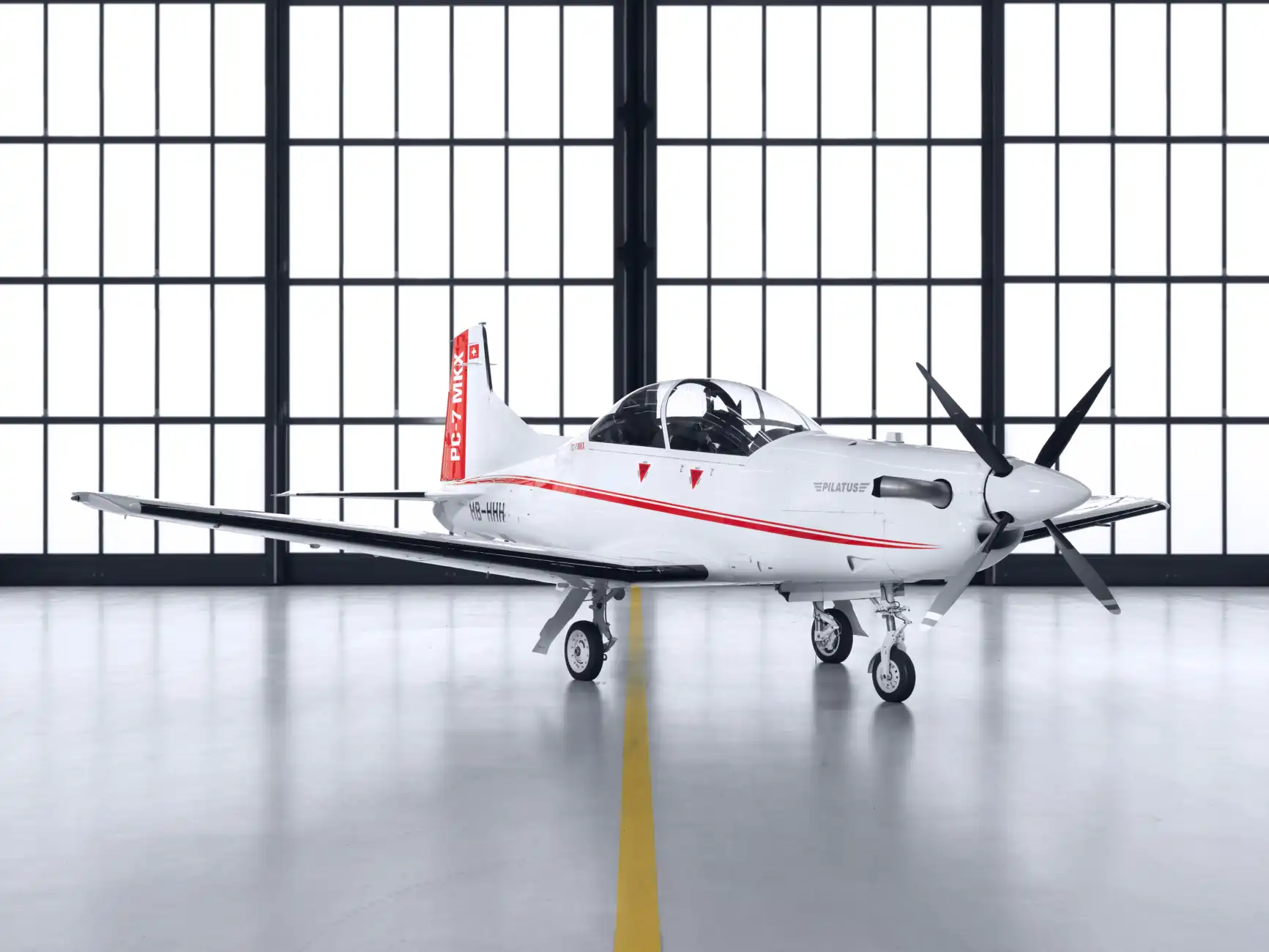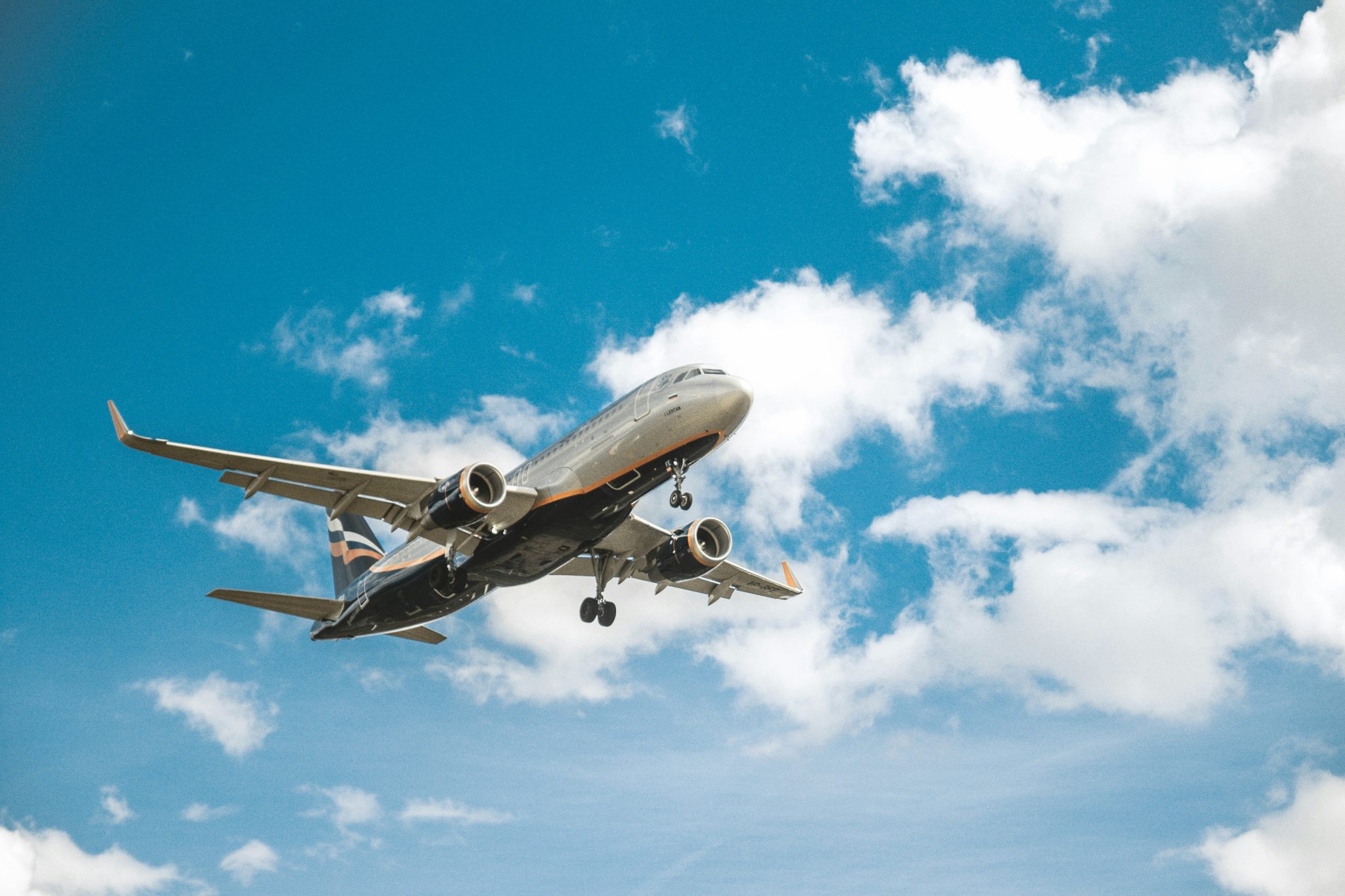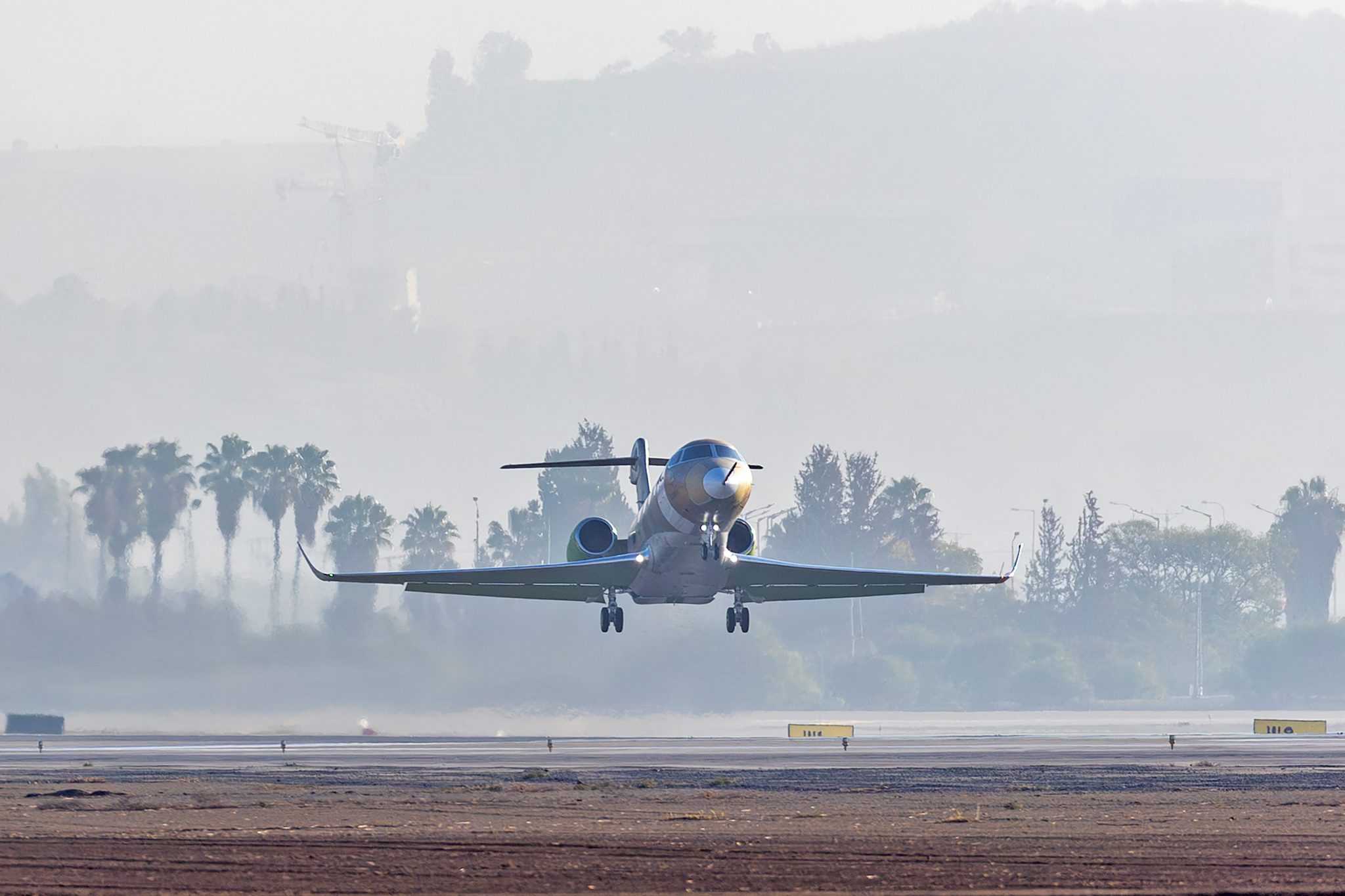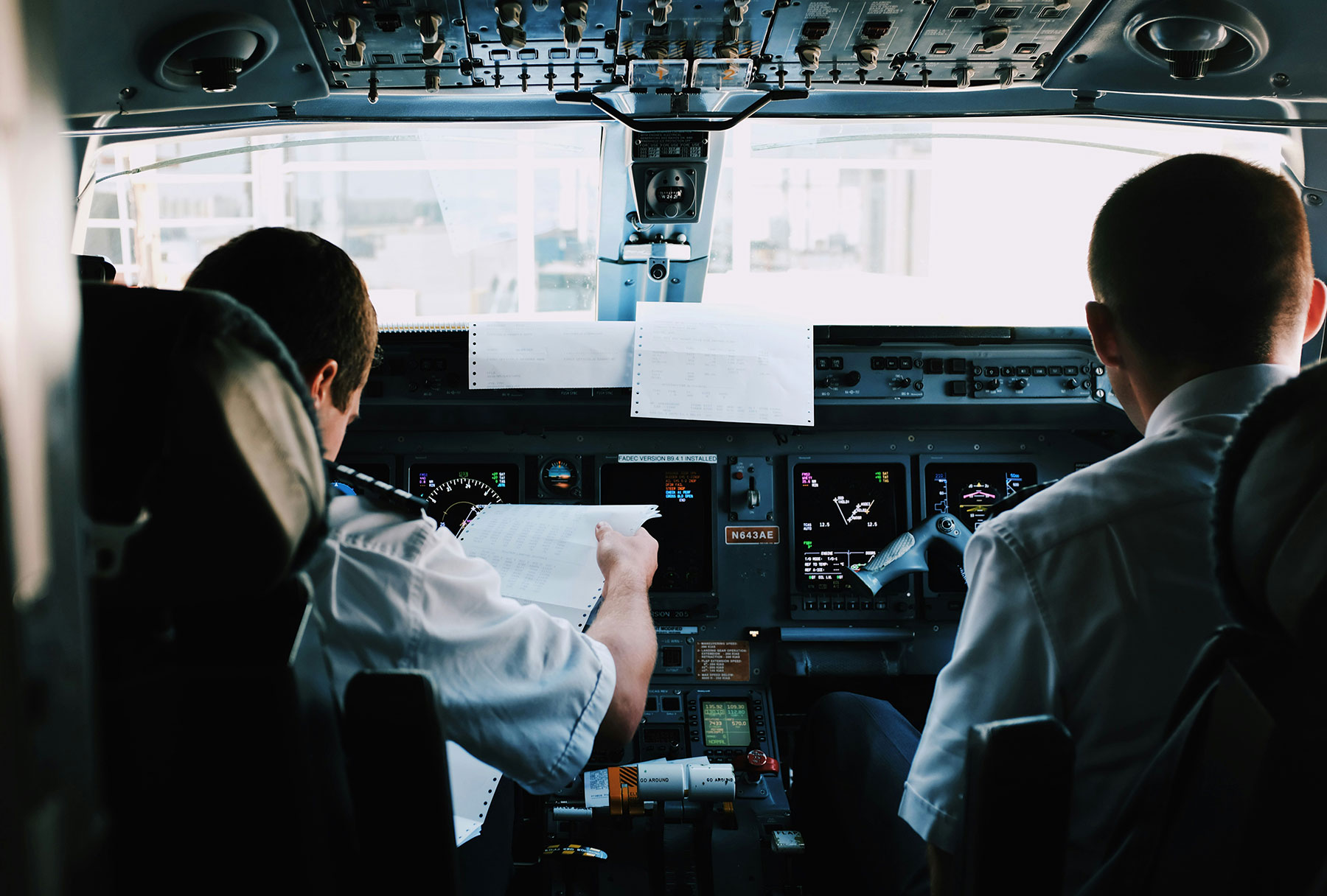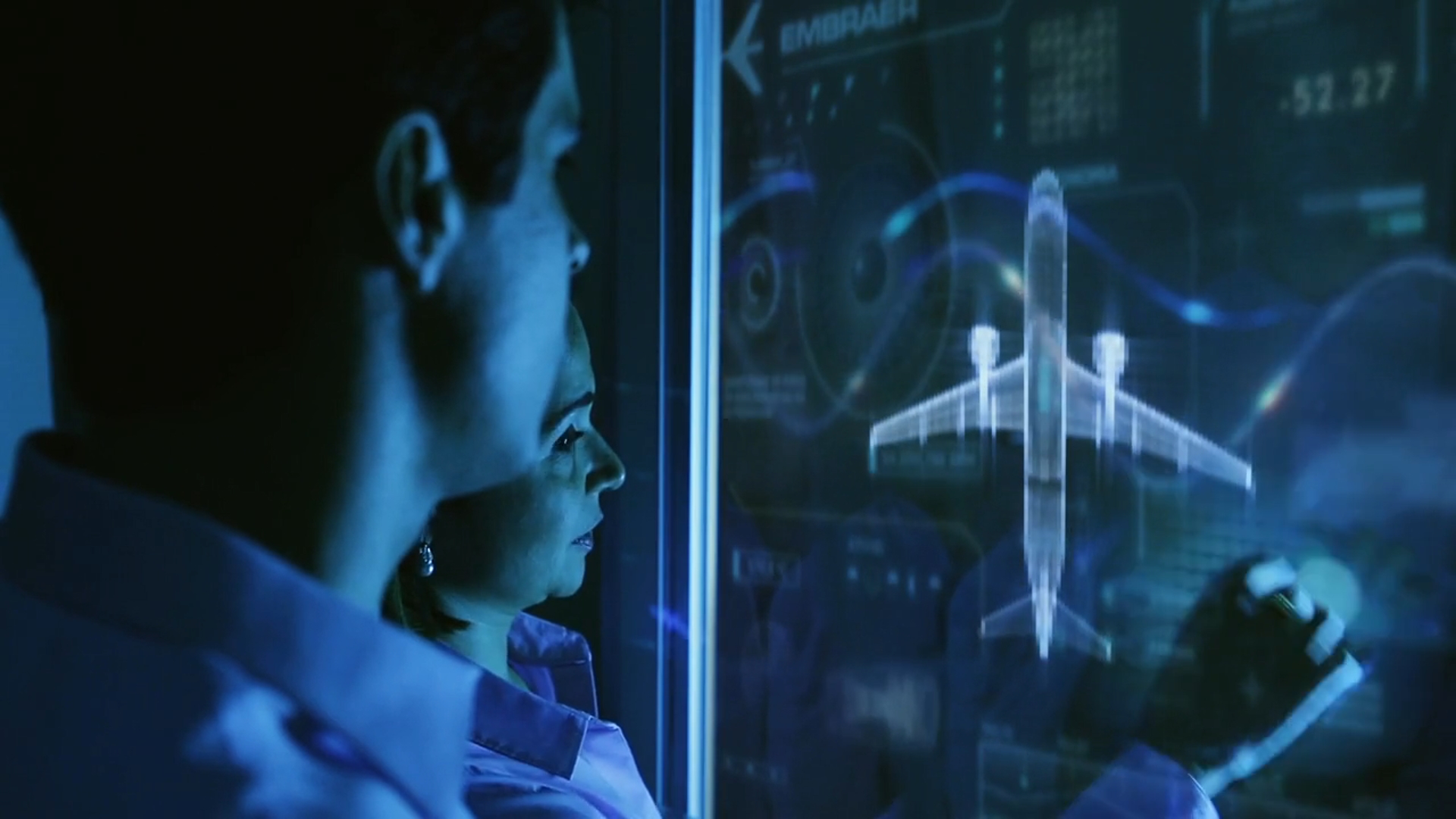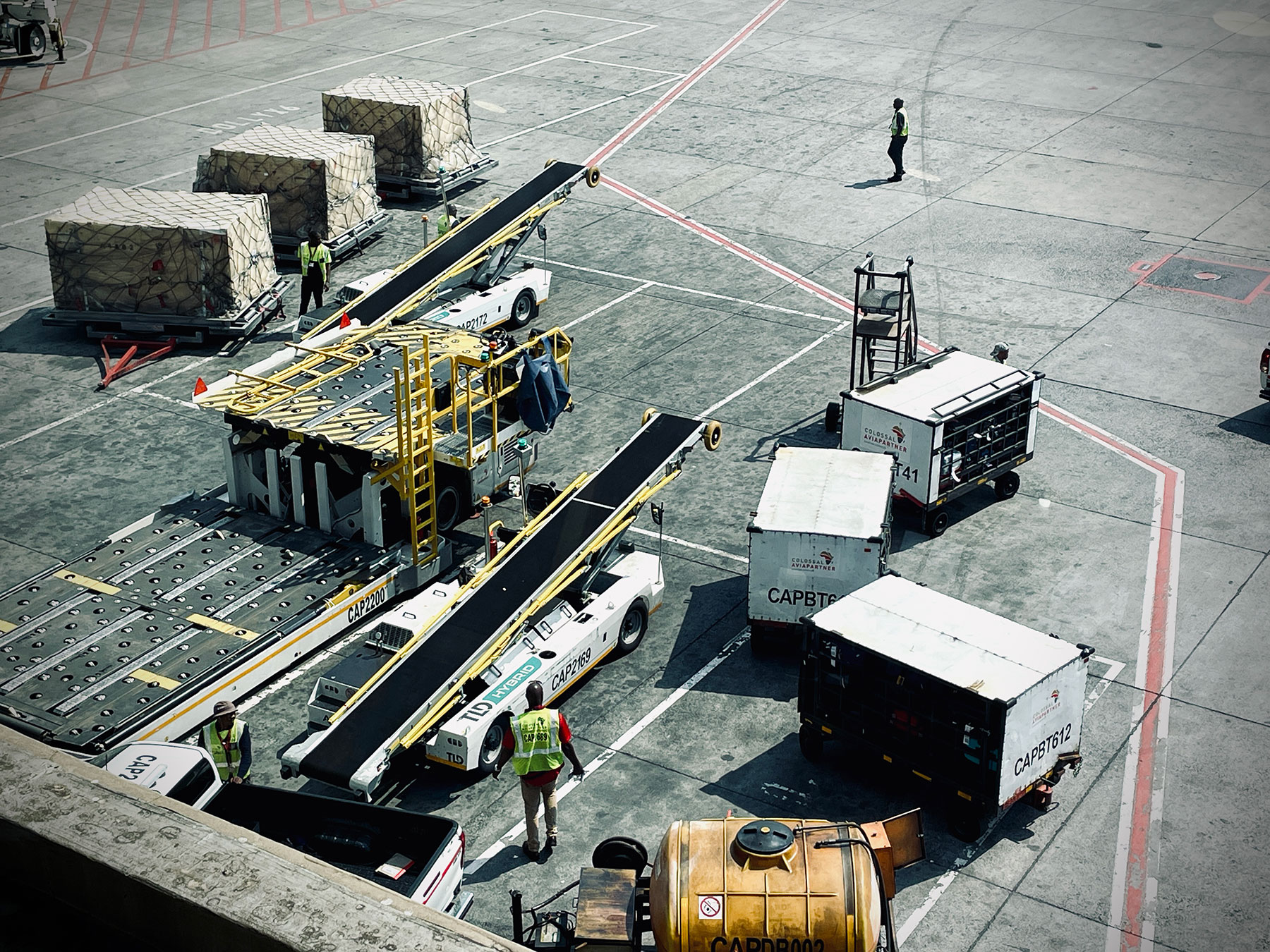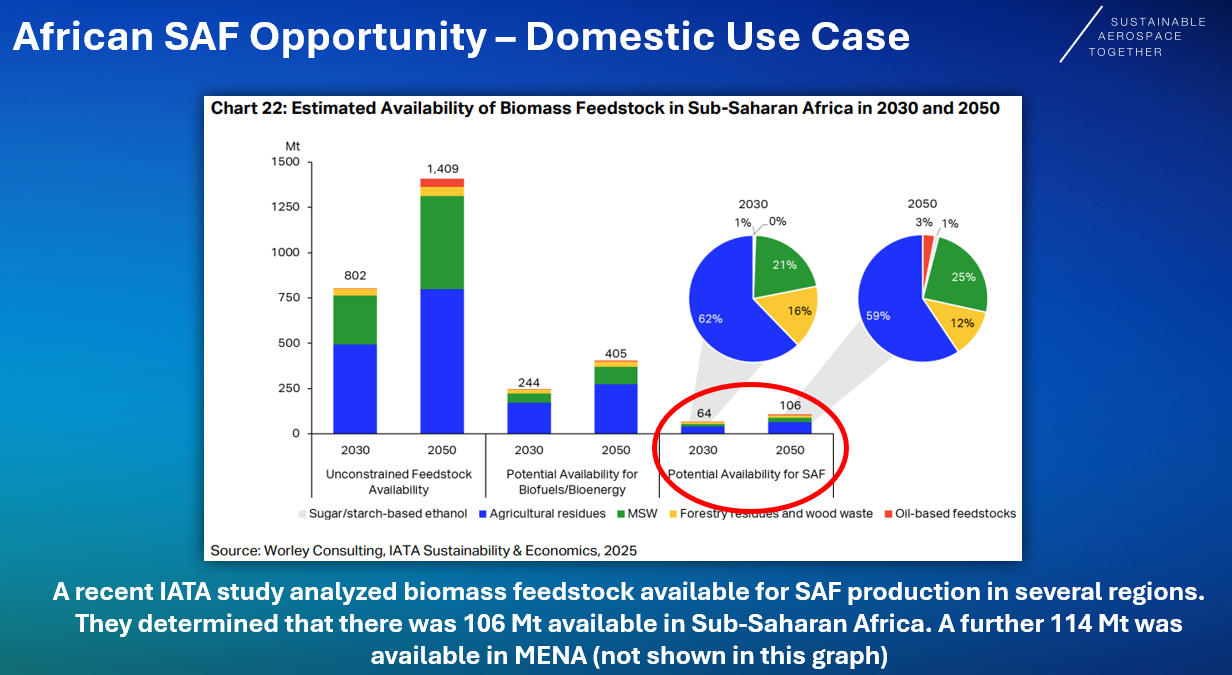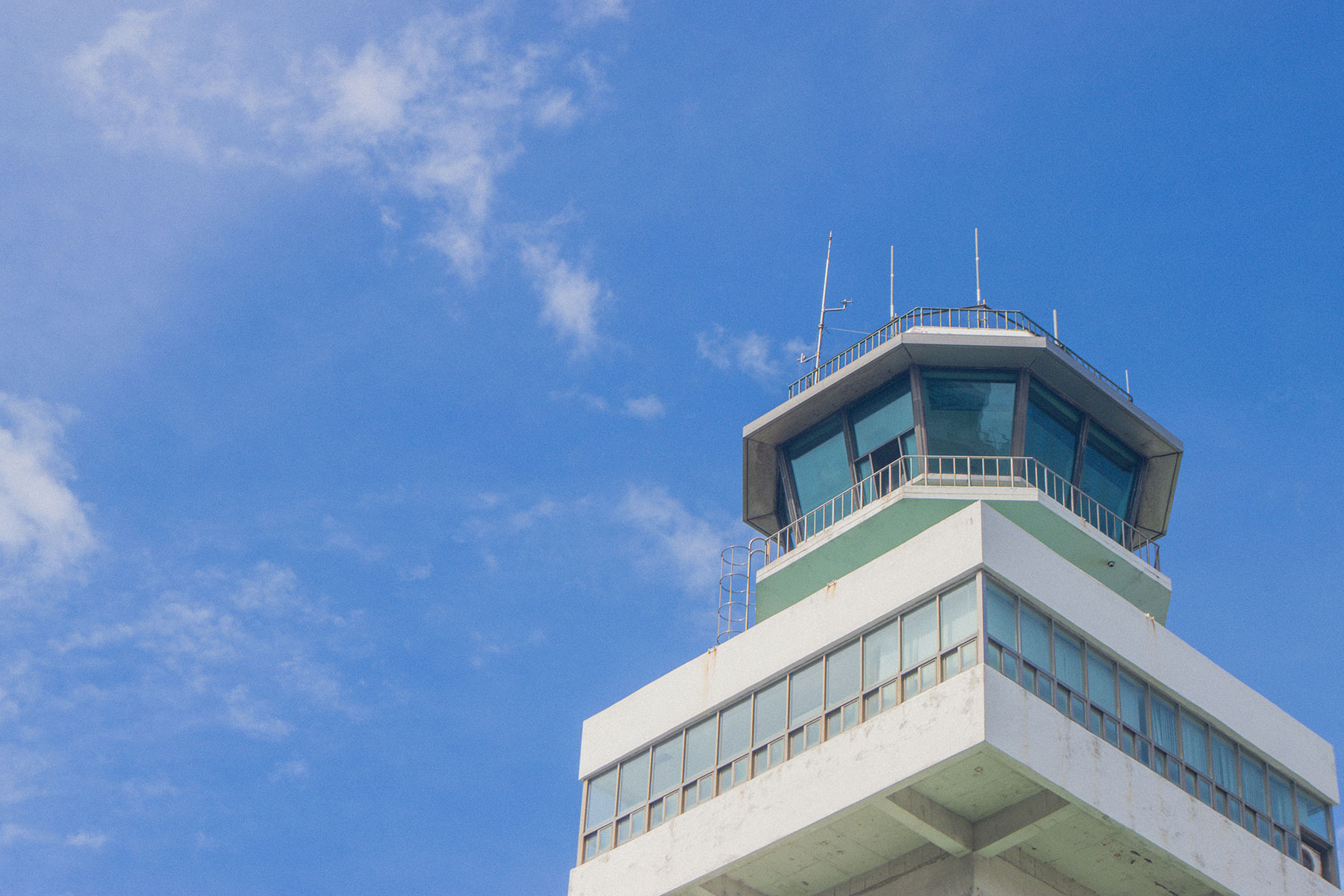In much of Africa, aviation remains a lifeline. Aircraft connect remote towns with regional hubs, carry medical supplies across borders, and support tourism and trade in areas far beyond the reach of reliable road or rail. Yet maintaining these operations is not without challenges. Across the continent, certified engineers and maintenance facilities are often concentrated in a few major cities, while aircraft themselves regularly operate from small regional strips with little to no technical support on hand.
Against this backdrop, the International Federation of Air Line Pilots’ Associations (IFALPA) has released a new position paper on pilot maintenance, sparking debate on the role flight crew should play in ensuring an aircraft’s continued serviceability. We took a look at their viewpoint.
What is Expected of Pilots?
Pilot maintenance refers to actions carried out by pilots that go beyond the traditional walk-round inspection yet fall short of the complex work reserved for licensed engineers. These tasks may include cycling or deactivating circuit breakers in the cockpit or passenger cabin, running software self-tests, or confirming the movement of flight control surfaces.
Pilots may also be required to apply “INOP” stickers to equipment that is out of service, or visually confirm that doors and hatches are correctly closed and secured. In some cases, following a minor incident such as a bird strike, the pilot may carry out an external inspection to determine whether the aircraft can safely continue to operate until it can be seen by a certified technician.
Africa Poses a Unique Challenge
The appeal of this practice in the African context is clear. With so many aircraft flying into areas far from maintenance bases, the ability of a pilot to verify or address a minor technical issue can prevent long delays, cancelled flights, or passengers being stranded for days. For regional airlines and charter operators with tight schedules and limited resources, even small disruptions can have significant knock-on effects. Pilot maintenance, if done properly, offers a way to keep aircraft moving without compromising safety.
Africa presents some very particular circumstances that make this debate especially pressing. Geography plays a major role. Pilots often operate into airstrips that are hundreds of miles from the nearest approved maintenance organisation. In such cases, an engineer may need to be flown in, which is both costly and time-consuming. Economics is another factor. Many smaller operators simply cannot afford to have maintenance staff stationed at every outstation. Delays caused by waiting for certified personnel can quickly undermine their ability to provide a reliable service. The continent’s wildlife also presents unique challenges. Bird strikes, for instance, are a routine hazard in Africa, with everything from flocks of starlings to large birds such as flamingos, storks, and vultures posing threats on or near runways.
The Pilot is Not a Substitute for an Engineer
While acknowledging the operational pressures that have given rise to pilot maintenance, IFALPA is cautious. The Federation warns that such tasks must never be allowed to replace scheduled services or drift into areas of troubleshooting. In their view, a pilot is not a substitute for an engineer, and the practice should only be permitted under well-defined and carefully controlled conditions.
The new position paper stresses that pilots must receive thorough training, both during their initial type-rating and during recurrent courses, so that they fully understand the scope of what they are authorised to do. Procedures should be clearly documented, usually in the aircraft’s Minimum Equipment List (MEL) or Aircraft Maintenance Manual (AMM). Without these safeguards, the risk of error or misjudgement increases, potentially putting flight safety at risk.
The Bird Strike Question
Bird strikes are a particularly important element of IFALPA’s paper and of real relevance to African operations. Pilots may be permitted to visually inspect the aircraft after such an event, provided the inspection is clearly documented in the operator’s manuals and conducted in consultation with a certified technician, even if remotely. However, there are strict boundaries. If a bird is ingested into an engine, if remains are found blocking probes or intakes, or if visible damage such as dents, cracks, or fluid leaks is present, then the aircraft must not be released to service by the pilot. In these circumstances, only a licensed engineer can properly determine whether the aircraft is safe to fly.
For African operators, given the frequency of bird strikes across the continent, this guidance is vital. Clear rules are needed so that pilots know when they can make a decision and when they must wait for a certified engineer, even if that means delays.
Finding the Balance
The central challenge is therefore one of balance. On the one hand, pilot maintenance can provide much-needed operational flexibility in regions where infrastructure is limited. On the other, there is a risk of over-reliance, where economic pressures push pilots into performing tasks that should properly fall to maintenance staff. Regulators across Africa, from the South African Civil Aviation Authority to counterparts in Nigeria, Kenya, and beyond, will need to consider how best to integrate pilot maintenance into their oversight frameworks.
Clear documentation, shared responsibilities, and robust training will be essential. Operators themselves also carry a responsibility to ensure that pilots are never pressured into exceeding their competence, and that maintenance organisations remain closely involved, even if only by remote consultation.
A Way Forward for Africa
As Africa looks to expand regional connectivity through initiatives such as the Single African Air Transport Market, questions of safety, efficiency, and practicality are all coming to the fore. Pilot maintenance, while not a new concept, is taking on renewed importance as the industry adapts to the realities of the continent’s operating environment. Done correctly, it can help keep vital links open, reduce unnecessary delays, and support economic growth. Done poorly, it risks undermining the safety record that Africa has worked hard to improve in recent years.
The IFALPA position paper highlights both the potential and the dangers of this growing practice. For African aviation, the way forward lies in cooperation: regulators, operators, pilots, and engineers must all work together to establish clear boundaries and responsibilities. By doing so, the industry can embrace the practical benefits of pilot involvement in maintenance while ensuring that the continent’s skies remain safe.
